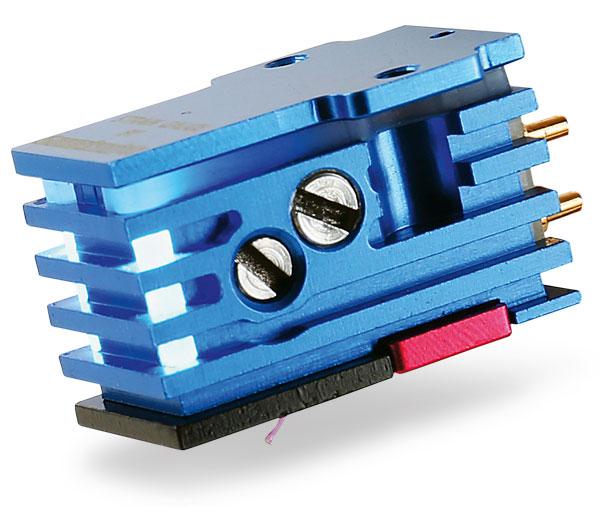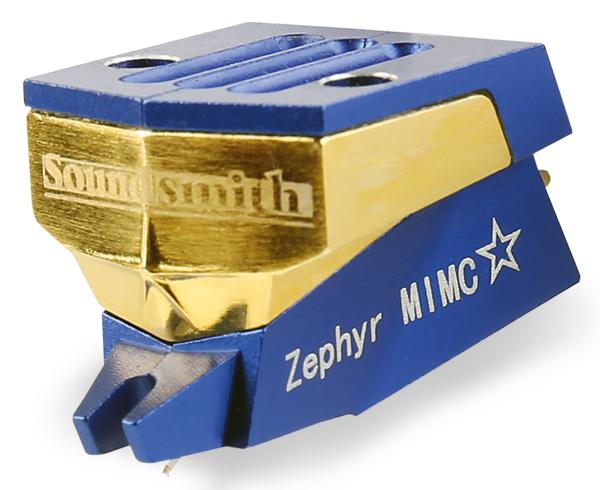Turntables, Arms & Cartridges
Sort By: Post DateTitle Publish Date
|
Mar 04, 2009
|
Jul 01, 2018
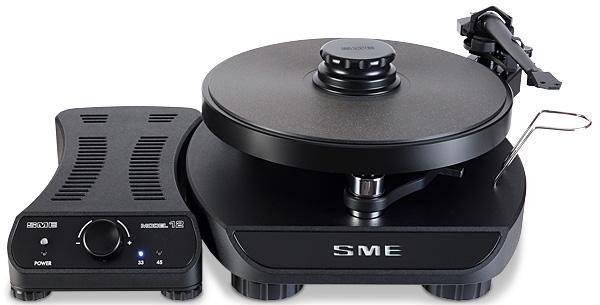
 SME's flagship Model 60 turntable was more than an aspirational torch-bearer for the UK brand – it set the tone for revisions that will trickle down through the entire range
SME's flagship Model 60 turntable was more than an aspirational torch-bearer for the UK brand – it set the tone for revisions that will trickle down through the entire range
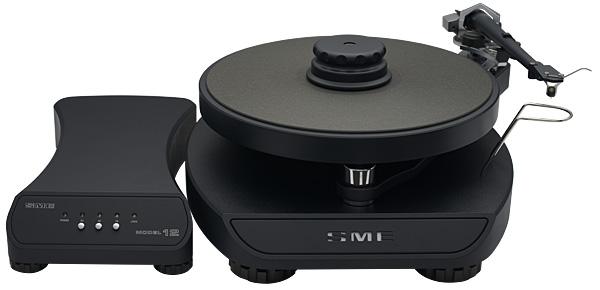

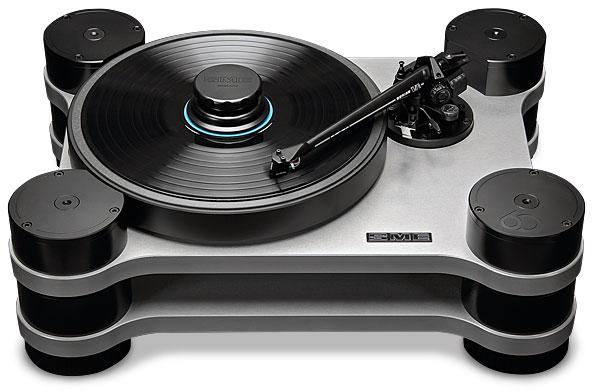
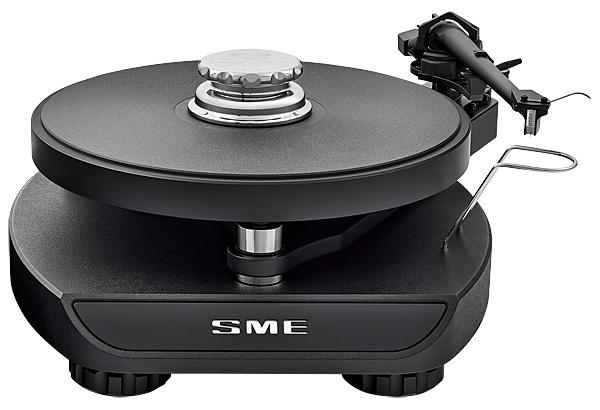
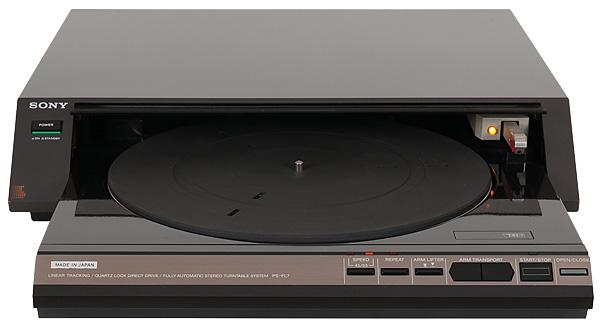
 It was a deck designed to keep vinyl replay relevant in a market attracted to the convenience of CD. Did it succeed and, more importantly, how does it sound today?
It was a deck designed to keep vinyl replay relevant in a market attracted to the convenience of CD. Did it succeed and, more importantly, how does it sound today?
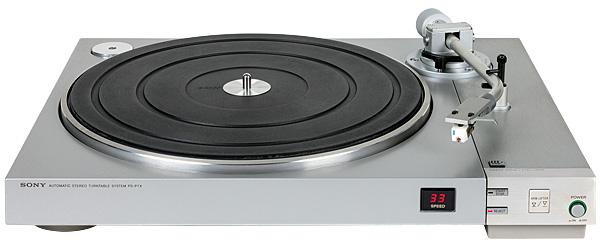
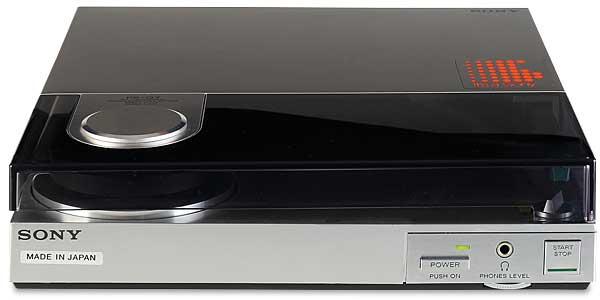
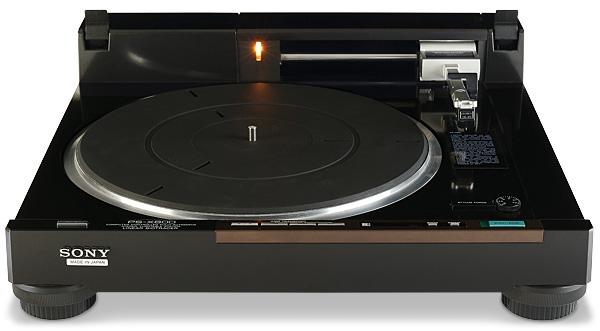
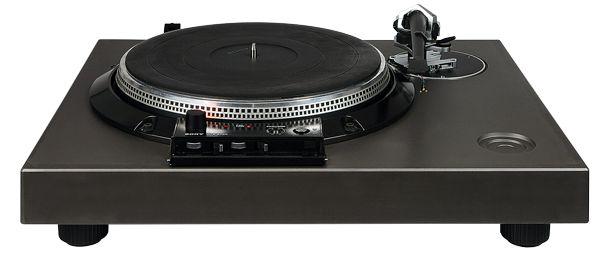
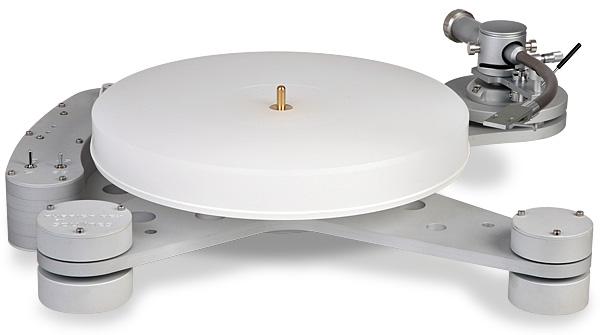
 A new name in turntables from Serbia and an equally new arm from Timestep in the UK make for a very stylish combination. But do they sound as good as they look?
A new name in turntables from Serbia and an equally new arm from Timestep in the UK make for a very stylish combination. But do they sound as good as they look?
